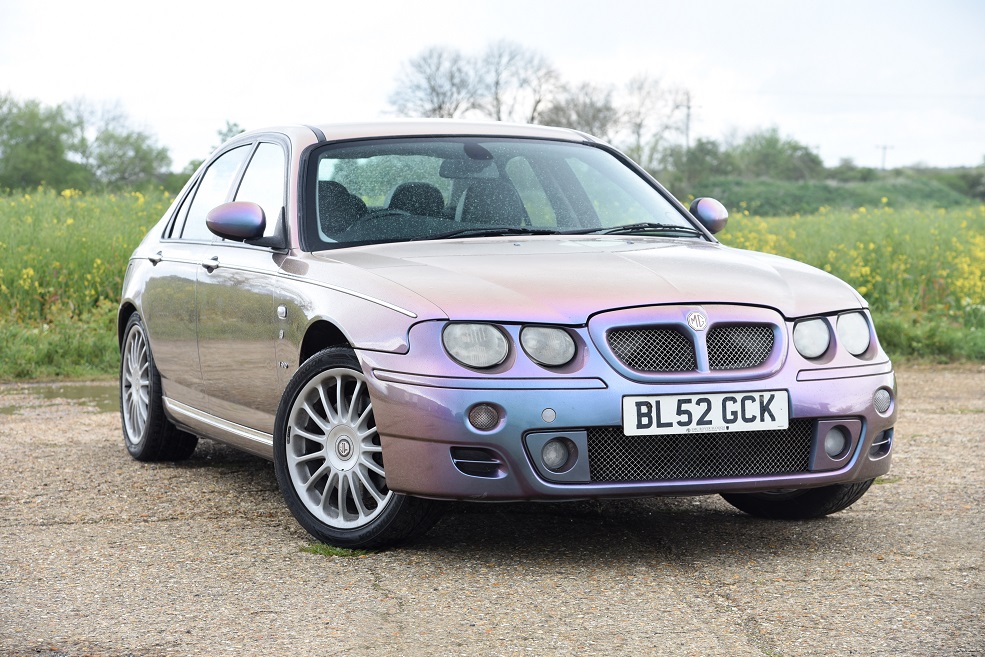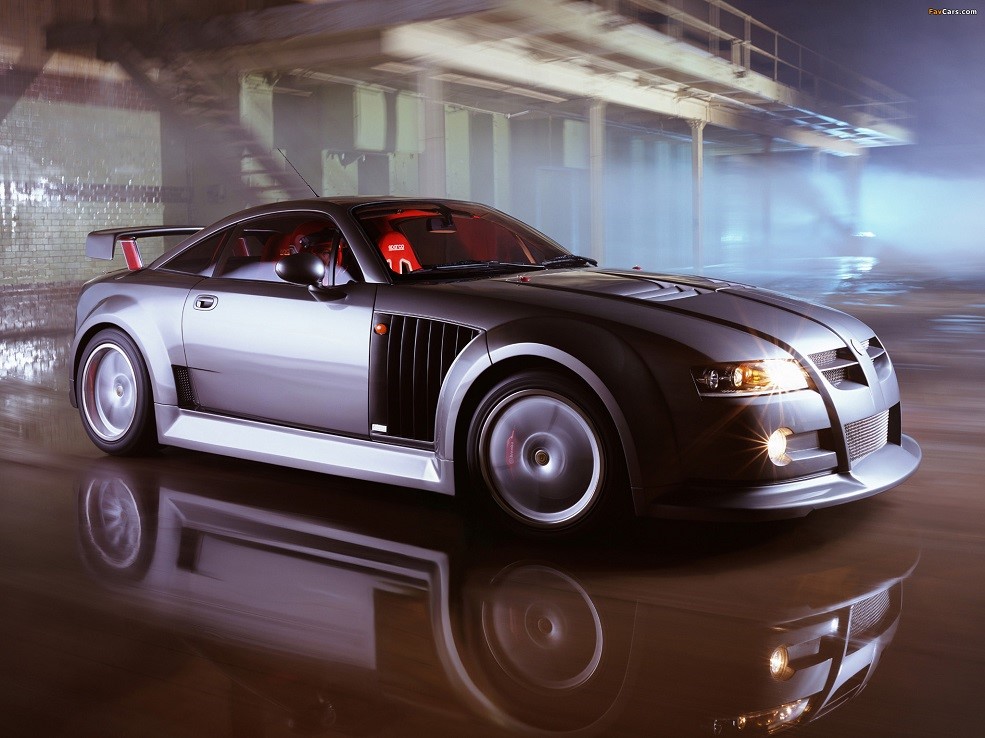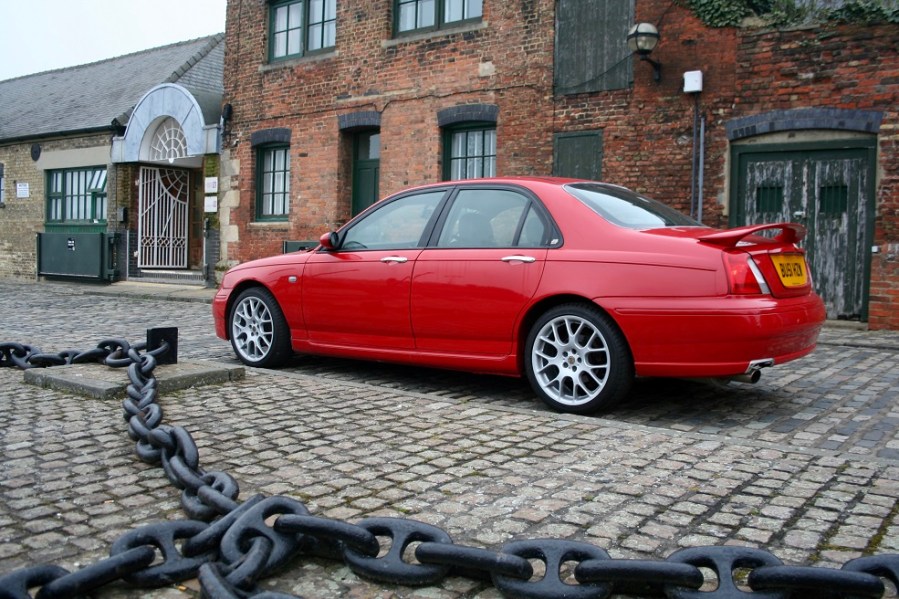The Phoenix Four eked out the final five years from MG Rover. Twenty years on from the deal, we examine their legacy.
Rover’s market share and losses meant that by the end of the 1990s, BMW wanted out. And with uproar when the favoured partner Alchemy wanted to close the mainstream production side of the business and focus on the potential profit with MG sports cars only. As BMW intended to keep Land Rover and Mini separate, MG looked to be the only profitable sector left.
January 2000 saw MG Rover report sales in 1999 of 143,000 across the UK – a drop of 25% on the previous year despite this being the first full year of Rover 75 production. That car, of course, had been stymied by BMW’s announcement at the launch that it wished to divest itself of its English patient. By the time talks with Alchemy became public in March 2000, the idea of dropping two-thirds of what little UK market was left to focus on the sportscars seemed absurd, and the significant redundancies it would bring led to the government intervening with strict conditions imposed.

The following month, a counteroffer was made by a group of four businessmen calling themselves the Phoenix Consortium. John Towers, Peter Beale, Nick Stephenson and John Edwards had all worked at Rover Group, and wanted to keep the mainstream side open. The Department for Trade and Industry, the Transport and General Workers’ union and the public at large supported the Phoenix proposal, and the deal was completed in May. For a nominal payment of £10, the Phoenix Four were the owners of MG Rover. The assets included a £427 million interest free loan from BMW, enough to ensure the business would remain afloat for a minimum of three further years and thus to divest BMW of its obligations to pay redundancy payments upon the company closure.

Phoenix had plans to revive the company – like Alchemy these were centred around the MG brand, but unlike Alchemy they also involved the mainstream. Peter Stevens was brought into inject the Rover range with some pizzazz – to make the sporty variants that ownership by BMW had effectively prevented. With minimal budget, the ZR, ZS and ZT were real feats – suspension and cosmetic changes were enough to differentiate these cars clearly from the Rovers upon which they were based. Meanwhile, an aggressive cost cutting programme was enacted – Project Drive – to regain as much profitability from the range as possible. This began with things like standardising the MG and Rover spec keys on the ZT and 75, and culminated in such extreme moves as the deletion of the rear anti roll bar on the 75 1.8. Meanwhile 25s, 45s and the smaller MGs suffered too – but as the flagship, the 75 had most to lose.
These projects helped to fund the V8 programme, both for 75 and the new XPower SV supercar developed from the remnants of the Qvale Mangusta project. While money was perhaps misdirected here when the 45 desperately needed replacing in the Focus class, the ZT260, 75 V8 and XPower Sv did at least ensure that for enthusiasts the marque would go out on a high. The same couldn’t be said of the CityRover – a rebadged Tata Indica intended to give the marque a Ka competitor, but priced very close to the entry level of the 25 range. This car would prove the shape of things to come – ironically, through its ownership of JLR Tata now owns the Rover name plate.

Phoenix’s tenure at the top of MG Rover came to an end in 2005 – a proposed tie-up with SAIC didn’t quite happen, and in April 2005 6300 workers went home for the very last time. An investigation by The Insolvency Service disqualified all four from being company directors in future, in no small part owing to the company’s bankruptcy. £1.3 billion was owed to creditors, and pension pots for those made redundant wouldn’t be forthcoming either. £12.5 million was pledged to a Longbridge Trust for staff, but many felt that this wasn’t enough of a gesture for four men who took a combined £36 million from the coffers. MG ultimately was sold to SAIC in a convoluted deal which took several months to resolve properly, and in an unusual irony, the Alchemy plan of selling a limited number of MG branded cars has – in the UK at least – come to fruition. Fans of the marque might have preferred the sportscars planned two decades ago, but the brand’s survival past the end of MG Rover is a positive outcome that few in 2005 would have foreseen.





